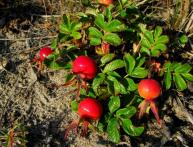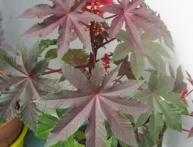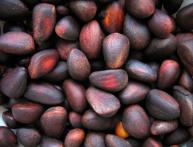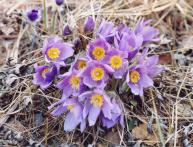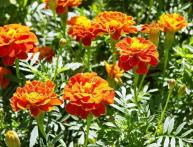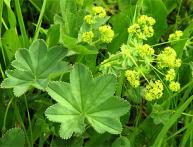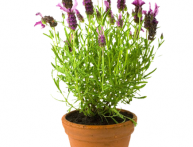The immortelle in the photo is very diverse
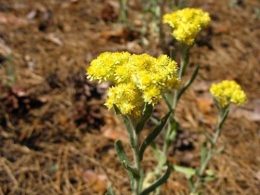
Looking at immortelle in the photo, we can draw a conclusion about the diversity of this plant. And, indeed, its genus numbers from 500 to 600 species!
It belongs to the Asteraceae family and is often a perennial herb, less often an annual herb. Immortelle often grows in the form of shrubs and subshrubs. This plant is also called tsmin.
Immortelle can be found in forest clearings, on dry slopes where sandy soil predominates. The plant reaches a height of 30-50 cm, the stems are pubescent, erect, and lignified closer to the soil surface.
It blooms in summer; the immortelle in the photo shows us lemon-yellow flowers collected in small spherical baskets. Immortelle is harvested as a medicinal raw material at the very beginning of flowering, while the baskets have not yet opened. The raw materials are dried in the shade in the open air.
Immortelle is known in both traditional and folk medicine. Used for inflammatory diseases of the gallbladder, gallstones. The diuretic properties of cumin are used for diseases of the kidneys and bladder.
Cmin has a pronounced choleretic effect, therefore drugs made on its basis are used for cholecystitis and hepatocholecystitis.
In folk medicine, immortelle herb is used in the form of teas as a choleretic agent, for the treatment of bladder diseases, gastritis, and as a hemostatic agent.
The flower baskets of cumin contain the natural antibiotic arenarine, so decoctions of immortelle flowers are used as a disinfectant.
Also, cumin flowers contain vitamins C and K, essential oils, carotene, tannins and beneficial microelements.

